Chasing The Best Cherry Blossom Spots in Tokyo on The Sakura Tram
- Yuwei

- Mar 19
- 4 min read
Updated: May 26
Did you know that the Toden Arakawa Tramway is the only remaining streetcar in Tokyo? Also known as the Tokyo Sakura Tram, it passes through numerous cherry blossom spots that remain hidden from most tourists.
Having lived in northern Tokyo for over four years, I’ve immersed myself in the beauty of the cherry blossom season each spring—whether by taking the Sakura Tramway or simply walking through these lesser-known areas.
Now, let me introduce you to one of northern Tokyo’s best-kept secrets: a journey through hidden cherry blossom spots and off-the-beaten sakura paths, offering a peaceful escape from the overwhelming crowds in places like Naka-Meguro.
About the Tokyo Sakura Tramway
The Tokyo Sakura Tramway runs from Toden Minowabashi Station to Toden Waseda Station, covering a 12.2-kilometer route with 30 stops. Every station has something to offer, making it perfect for a full-day exploration of northern Tokyo—an area long overlooked by tourists.
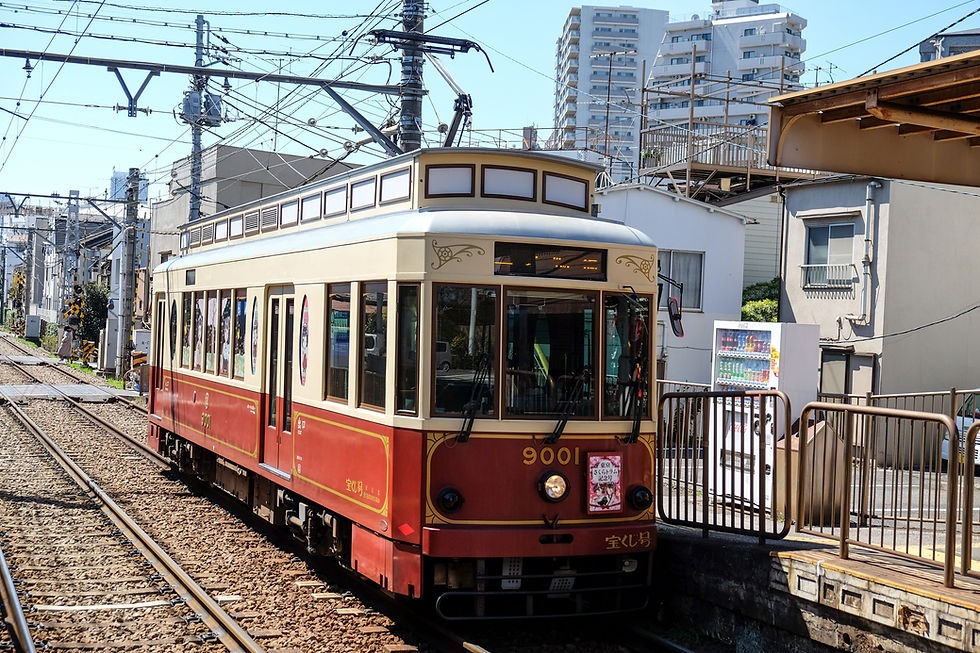
A one-day pass for the tram costs 400 JPY per adult and 200 JPY per child. Tickets can be purchased on the tram itself, at the Arakawa Train Office, or at any Toden Train Office. As you travel along the route, you’ll not only take in breathtaking scenery but also have the chance to enjoy a wide variety of delicious local food, supporting family-owned businesses along the way.
Stop 1: Ōji Station and Asukayama Park
If you choose Ōji Station as your starting point for this cherry blossom adventure, you can also access it via the Keihin-Tōhoku Line or Tokyo Metro’s Namboku Line. From the station, it's just a short walk to Asukayama Park, a historic site known as the first park in Japan where cherry trees were planted by Shogun Tokugawa Yoshimune nearly 300 years ago. Perched atop a hill, the park is easy to spot and offers a picturesque setting for enjoying the sakura season.
The park is easily accessible on foot, but for a unique experience, you may also consider taking the Asukayama Park Monorail—a charming ride that might be the shortest, slowest, and smallest monorail in the world. Riding it offers a special moment as you ascend a hill blanketed in cherry blossom petals.
With approximately 600 cherry trees, Asukayama Park is a prime location for sakura viewing. However, its beauty extends beyond spring, featuring over 15,000 azalea plants and around 1,300 hydrangea plants that bloom in May and June. In winter, maple and camellia trees add seasonal charm, making this park a year-round destination for nature lovers.
Where to Eat: Kikuya Soba & Tempura
If you are looking for a simple yet satisfying lunch, I highly recommend visiting Kikuya, a soba and tempura restaurant in Ōji. Despite potential language barriers, the warm, family-friendly atmosphere makes for an authentic and memorable dining experience.
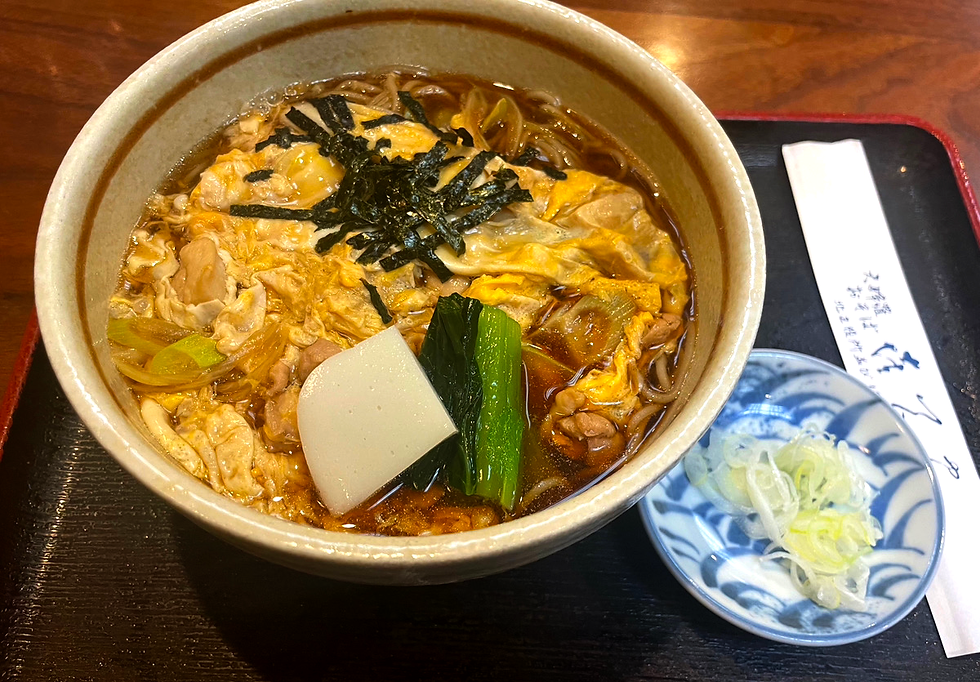
Stop 2: Ōtsuka Station and Minami-Ōtsuka Sakura Avenue
Next, let’s head to Ōtsuka Station to experience a more vibrant side of local life. Near Utsusemi Bridge, you’ll be greeted by cherry blossoms in full bloom, creating a picturesque setting for a peaceful stroll through the neighborhood.
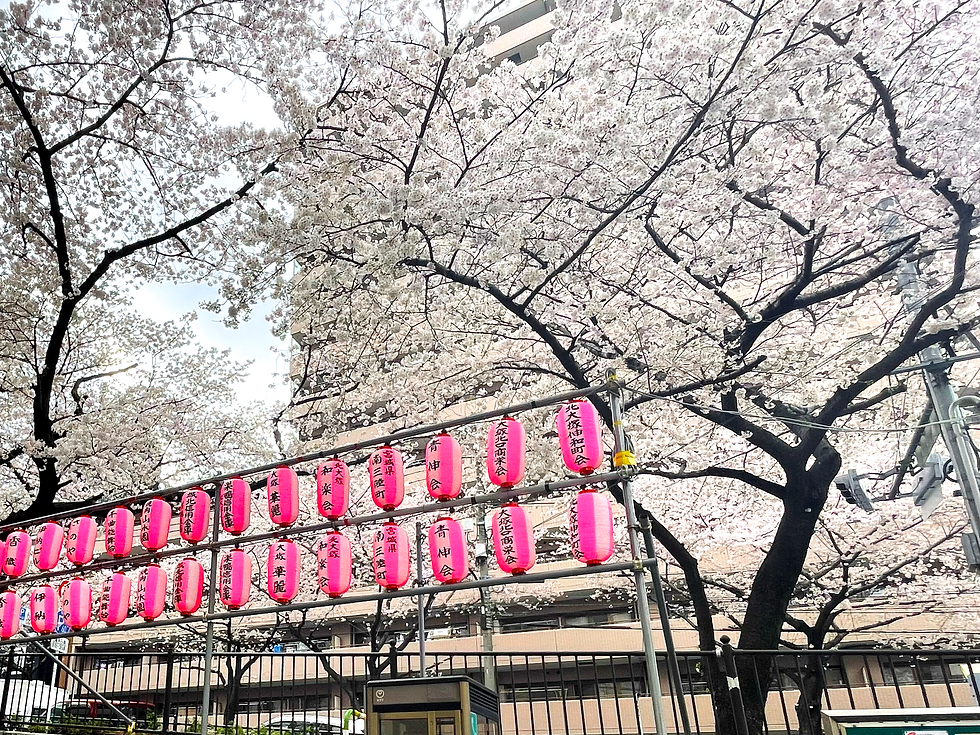
Hidden Gem: Onigiri Bongo
One of Ōtsuka’s true hidden gems is Onigiri Bongo, a beloved shop with over 60 years of history specializing in onigiri. With more than 56 flavor combinations, it’s a must-visit for rice ball lovers. Just remember to bring some cash—and an empty stomach!
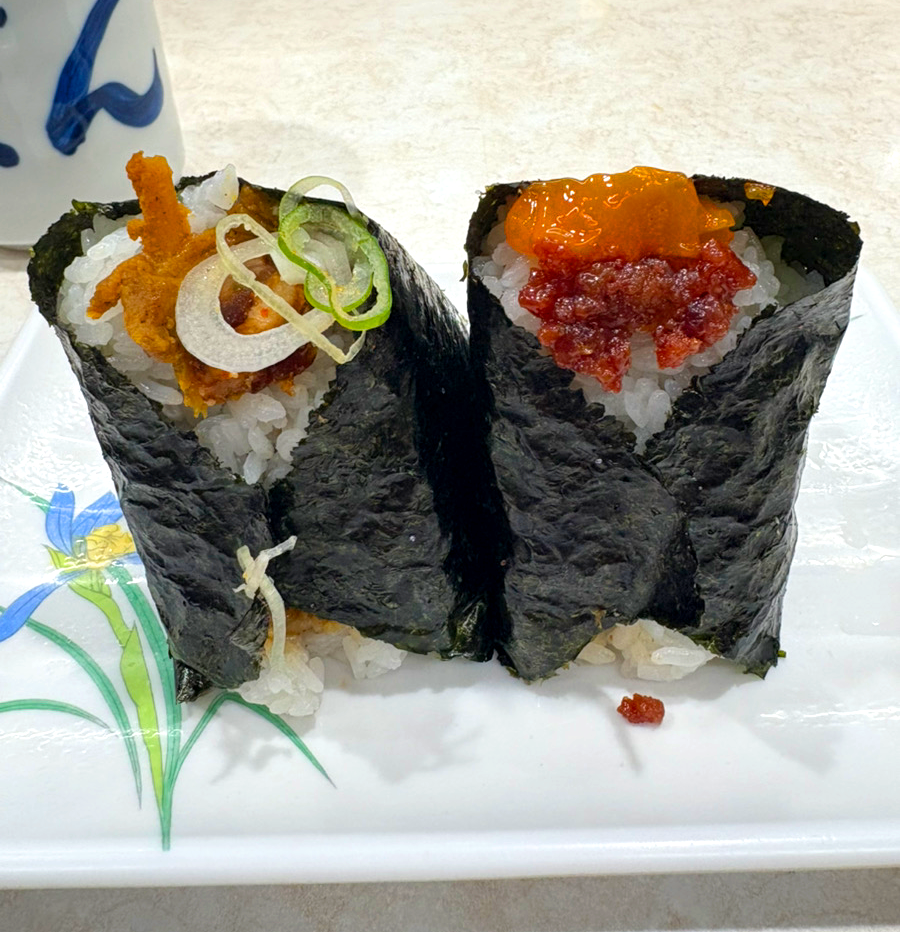
The Serene Minami-Ōtsuka 3-chome Sakura Avenue
Just a five-minute walk from Ōtsuka Station, you'll find Minami-Ōtsuka 3-chome Sakura-namiki-dori, a serene and crowd-free cherry blossom spot. As one of the most famous sakura locations in Toshima District, this picturesque avenue has been lovingly maintained by locals for over 30 years, ensuring its breathtaking beauty remains intact.

Lined with cherry trees on both sides, the 600-meter-long avenue transforms into a stunning tunnel of soft pink blossoms when in full bloom. This peaceful setting offers a magical escape from the city's busier sakura hotspots, making it the perfect place for a leisurely springtime stroll.
Stop 3: Omokage Bridge and Kanda River Avenue
Next, we will be heading to the largest cherry blossom scenery today: the Omokage Bridge, which is also near the ending point of the Sakura Tramway, away from the large crowds of tourists. The Omokage Bridge spans the Kanda River and has a history of approximately 100 years. While the sakura trees are not limited to the bridge itself, the sakura course—called the Kanda River Avenue—connects Tokyo Metro Edogawabashi Station and Toden Tram Waseda Station.
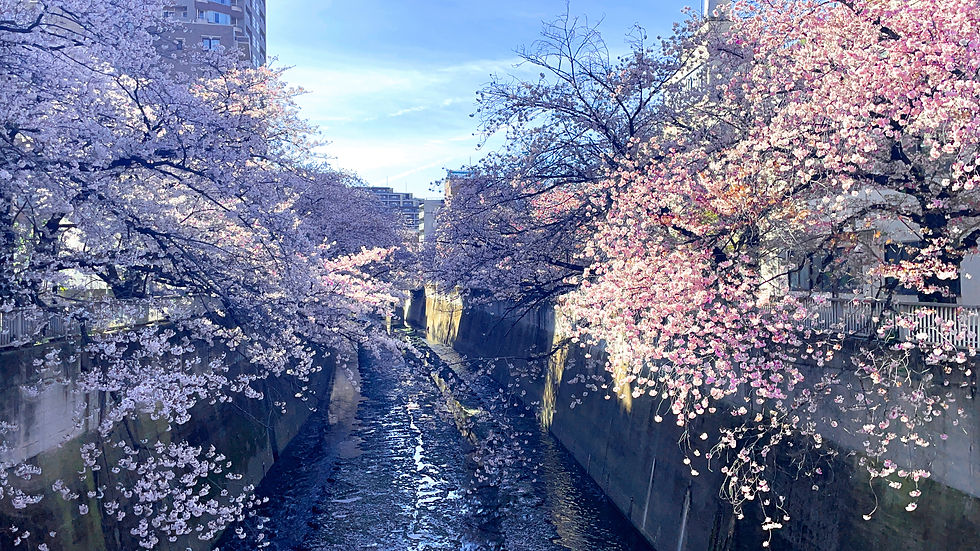
This spot offers a scenic cherry blossom viewing experience while strolling along its gently rolling small hills. Lantern decorations, perfectly suited to the area's scale, enhance the enchanting atmosphere. With many delicious restaurants nearby, visitors can enjoy a delightful combination of cherry blossom viewing and dining.
Wrapping Up: Find the Best Cherry Blossom Spots in Tokyo
As we wrap up our journey along the Sakura Tramway, we've uncovered some of northern Tokyo's best-kept cherry blossom secrets—hidden gems that offer tranquility away from the overwhelming crowds of more well-known spots. From the historic charm of Asukayama Park to the serene beauty of Minami-Ōtsuka’s cherry blossom avenue and the breathtaking views at Omokage Bridge, each stop along the tramway showcases a side of Tokyo that remains largely undiscovered by tourists.
Supporting Local Businesses and Sustainable Tourism
At TOMOGO!, our mission is to bring these lesser-known yet equally captivating locations to light, supporting local businesses and fostering sustainable tourism. While famous destinations like Kaminarimon Asakusa in Tokyo and Kinkakuji Temple in Kyoto face overcrowding, many locally owned restaurants, shops, and cultural sites struggle to survive without the backing of large corporations. By guiding travelers to these overlooked areas, we aim to create a more balanced and meaningful exploration of Japan—one that not only enhances your experience but also contributes to the prosperity of the communities that make Japan truly special.
So, next time you visit Tokyo in spring, step off the beaten path and hop on the Tokyo Sakura Tramway. A more intimate and authentic cherry blossom adventure awaits!







Comments